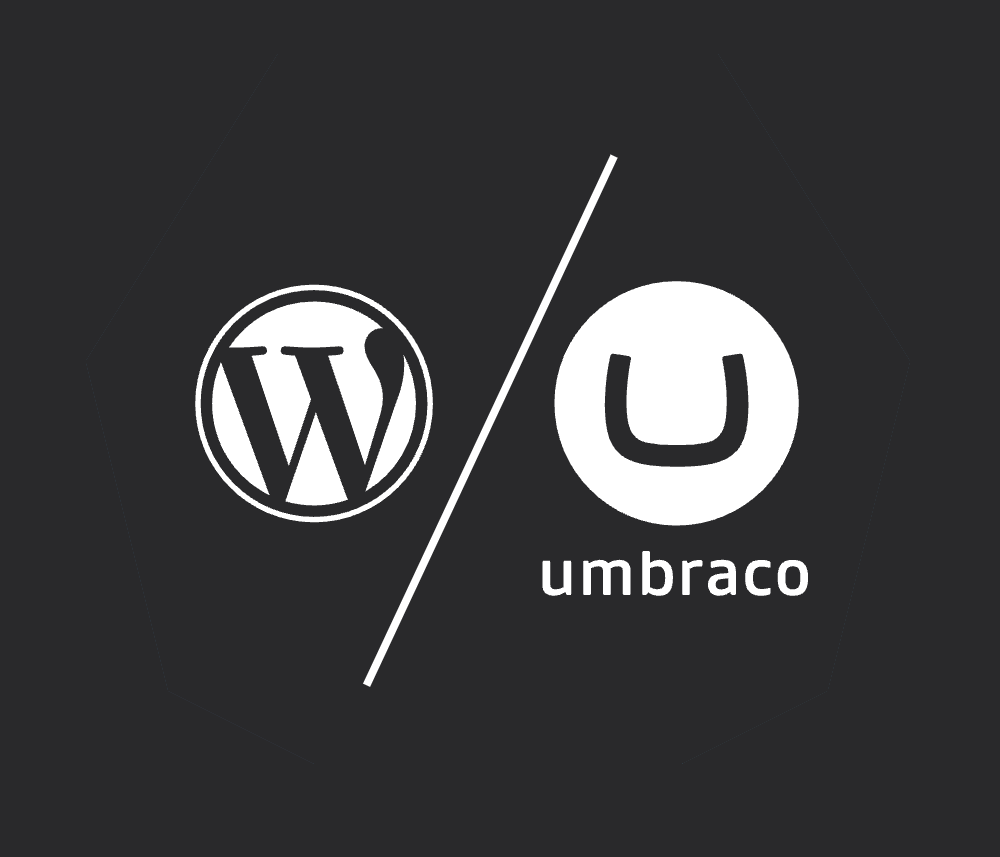Where Does Money Go in a Website Redesign? 7 Areas to Understand
Chris Osterhout SVP of Strategy#CMS

Need help planning your budget for a website redesign? We look at 7 areas that you should understand.
A website redesign can be a costly project that requires a substantial investment of both money and time. At Diagram, we strive to maintain transparency with our clients, so when we work with them on a redesign project, we want to make sure they understand how their investment is being put into effect. In order to increase this understanding, we wanted to look at where exactly this investment is used. Here are the 7 areas that website owners should be aware of in order to understand what their investment is going toward:
1. The Platform
Every website on the market today runs on some sort of Content Management System (CMS). Depending on whether a website is using an open source platform (such as WordPress) or a proprietary platform (such as Episerver), the site owner will need to invest in the platform itself by purchasing a software license. For non-open-source platforms, this license may cost from $18,000 up to several hundred thousand dollars, depending on the features and functionality of the platform that are being used.
2. Design
The design portion of a project determines the aesthetic look and feel of the website, and it is the part of the project that requires the most back and forth between the client and the design partner. This process can include discovery, information architecture, user testing, and much more. Assuming that the project will include a custom design, this portion of the website redesign project can cost $60,000 to $100,000.
3. Front End Programming
This portion of the project consists of implementing the decisions made during the design portion of the project. Often, cutting-edge companies tend to combine front end development with design in the form of high-fidelity and low-fidelity prototypes. This results in the costs of front end programming being included in the design portion of the project.
4. CMS/Back End Programming
This phase of a website project consists of writing the programmatic functions to make the site’s design functional within the CMS platform. Depending on the complexities of any integrations (including ERP, CRM, MAP, etc.), this portion of the project can cost as much as the design process, and often more, due to the level of integration with third party systems.
5. Quality Control
This is the portion of the project in which the quality of the project’s deliverables are checked and validated against the project requirements. This process includes activities like QA testing and cross-browser testing, ensuring that any errors or issues are discovered and resolved before the redesigned site goes live. QC usually accounts for 20% of a project’s costs.
6. Project Management
In any project, it is important to manage timelines, deadlines, expectations, and communication between the client and the developer. Project management is essential for ensuring that a project is completed on time and within budget, and these tasks account for 20-35% of a project’s costs.
7. Deployment
Once a website redesign has been completed, it will need to be implemented on the live website. This is the area which most people tend to forget about when planning a website redesign project, but ensuring that it is done correctly is essential for ensuring the success of the project. Depending on the sophistication of the deployment, this portion of the project can account for 10% of the overall project costs.
This is a very high-level look at how the budget for a website redesign project is put together, but if you’re interested in learning more, we would be happy to discuss the particulars with you. Please contact us to speak to a Solutions Engineer, and we’ll work with you to plan a successful website redesign. If you have any other questions, please feel free to leave a comment below.
Related Posts

Why Choose a CMS?
We look at the advantages that a Content Management System (CMS) can bring to your digital and content marketing strategy.

Umbraco Cloud vs WordPress
Discover why Umbraco outshines WordPress with superior support, security, and a hybrid CMS architecture, offering a meticulously vetted, versatile platform for modern web development.
Results Matter.
We design creative digital solutions that grow your business, strengthen your brand and engage your audience. Our team blends creativity with insights, analytics and technology to deliver beauty, function, accessibility and most of all, ROI. Do you have a project you want to discuss?
Like what you read?
Subscribe to our blog "Diagram Views" for the latest trends in web design, inbound marketing and mobile strategy.
